how old is your oldest outdoor tufa project??
donnaz5
18 years ago
Related Stories
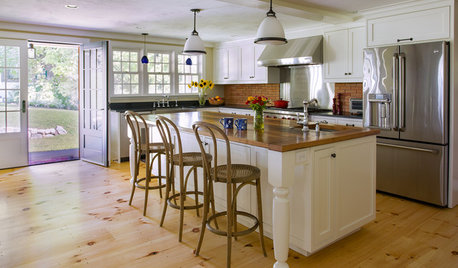
HOUZZ TOURSHouzz Tour: A 300-Year-Old Home Adapts to a Modern Family of 7
A new addition adds much-needed square footage to a 1750s home in Massachusetts
Full Story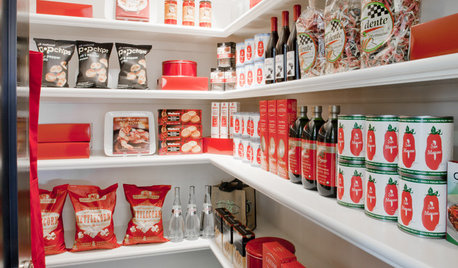
KITCHEN STORAGEGet It Done: How to Clean Out the Pantry
Crumbs, dust bunnies and old cocoa, beware — your pantry time is up
Full Story
CITY GUIDESTravel Guide: The Hague for Design Lovers
You'll find plenty to marvel at in the Netherlands' political capital, from centuries-old facades to modern shops and outdoor art
Full Story
COMMUNITYIn L.A.’s Echo Park, a New Urban Development Takes Flight
Blackbirds, a new ‘microneighborhood’ near downtown, is Los Angeles’ latest small-lot urban infill project
Full Story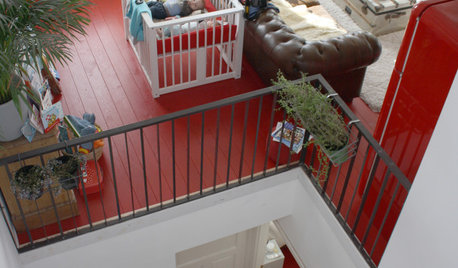
HOUZZ TOURSMy Houzz: Eclectic Coastal Home in Holland
A Dutch designer couple blend old with new in their collected and reconstructed home
Full Story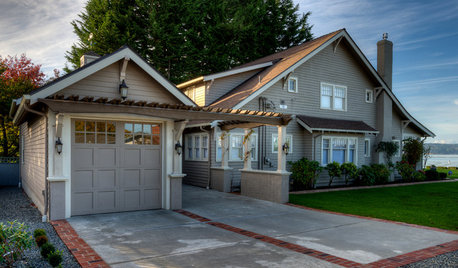
GARAGESTale of 2 Car Shelters: Craftsman Garage and Contemporary Carport
Projects in the Pacific Northwest complement the existing architecture and sites of 2 very different homes
Full Story
LIFEThe Polite House: On Dogs at House Parties and Working With Relatives
Emily Post’s great-great-granddaughter gives advice on having dogs at parties and handling a family member’s offer to help with projects
Full Story
GARDENING AND LANDSCAPINGGet Wise to Size: How to Furnish an Outdoor Room, Small to Spacious
Put your garden slice or grand patio on the best-dressed list with furniture and features best suited to its square footage
Full Story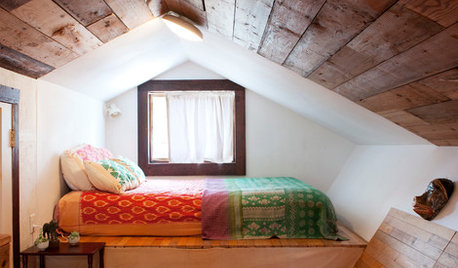
COLLECTIONS15 Reasons to Get Addicted to Kantha Quilts
You can use kantha quilts, made from old saris, throughout your home — on beds, as upholstery and as wall hangings
Full Story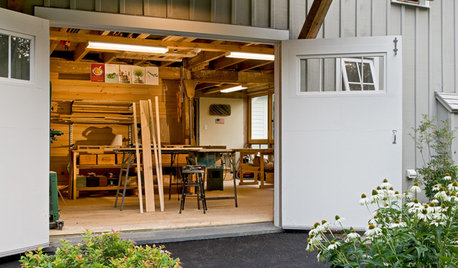
LIFEStressed Out? Try Hitting the Woodshop
Building things with your hands just might boost your mood while giving you personal new pieces for your home
Full StorySponsored






billie_ann
tufaenough
Related Professionals
Windham Landscape Architects & Landscape Designers · Accokeek Landscape Architects & Landscape Designers · Camas Landscape Architects & Landscape Designers · Foothill Ranch Landscape Architects & Landscape Designers · Finneytown Landscape Architects & Landscape Designers · Costa Mesa Landscape Contractors · Kerman Landscape Contractors · Mercedes Landscape Contractors · Mount Sinai Landscape Contractors · Norwalk Landscape Contractors · Pleasanton Landscape Contractors · Saint John Landscape Contractors · San Pedro Landscape Contractors · Tigard Landscape Contractors · Camp Springs Landscape Contractorsdeedlesmom
tufaenough
donnaz5Original Author
puddle_of_mud
Belgianpup
catstookover
tufaenough
gottatufa
tufaenough